Are the Rich Paying Their Fair Share of Taxes? How About You?
How does your tax bill compare to millionaires and billionaires? Our handy tool will tell you where you rank as a taxpayer.

We're hearing a lot lately about creating a more fair and equitable tax system. President Biden and many Congressional Democrats want to tax the rich more heavily and make them pay their "fair share" of taxes. The long list of recent proposals to increase taxes on wealthier Americans include raising the top income tax rate from 37% to 39.6%, eliminating the lower capital gains tax rates for higher-income taxpayers, auditing more rich people, and eliminating various tax breaks for people making at least $400,000 per year. Although none of these changes have been enacted so far, you can be sure that there are a lot of lawmakers in Washington right now who are trying to raise taxes on the rich.
But what about you? Are you paying your "fair share" of the nation's tax burden? Do you even have the faintest idea what portion you pay...beyond a gnawing feeling that it's too darn much? Are you in the top 1%, 5%, 10%, 25% or 50%...or the bottom 50% of income earners?
To help you answer these questions, we created a tool to show how the nation's taxable income and the country's federal income tax bill are distributed among its citizens. Our tool uses the latest IRS data to shine a bright light into what are too often murky shadows.
From just $107.88 $24.99 for Kiplinger Personal Finance
Be a smarter, better informed investor.

Sign up for Kiplinger’s Free Newsletters
Profit and prosper with the best of expert advice on investing, taxes, retirement, personal finance and more - straight to your e-mail.
Profit and prosper with the best of expert advice - straight to your e-mail.
We also show you how your own income stacks up against that of your fellow Americans. That will make it easier to see if the rich are paying their fair share of taxes.
Are you ready to see where you fit in? With the calculator below, simply enter a single number from your latest tax return, and you'll instantly know the answer. Then have a little fun and see how it compares to what a millionaire might pay. That should help you make up your own mind as to whether the rich are paying their fair share of taxes.
A Look at the Big Picture
The latest numbers from the IRS — based on data from 2019 tax returns — show what it takes to be among the top 1% of income earners: At least $546,434 of adjusted gross income (AGI). That's $6,425 more than it took to buy into this rarified status a year earlier. The 1.4 million or so returns reporting this elite income status accounted for approximately 20% of the total AGI reported on 2019 returns.
That's right. One percent of taxpayers reported about one-fifth of all income. And that same tiny group kicked in roughly 39% of all the federal income taxes paid.
How much do you need to make to be in the top 50% of earners? Just $44,269.
Fall below that level, and you're in the bottom half, along with about 74 million of your fellow taxpayers. All told, that group earned just 11.5% of the AGI reported on 2019 federal returns. And they paid just over 3% of all the income taxes paid.
These income and tax-burden breakdowns come from information reported on 2019 individual income tax returns. Income categories are based on AGI, which is basically income from taxable sources minus certain deductions — including deductible contributions to traditional IRAs and HSAs, alimony paid and student loan interest — but before subtracting either the standard deduction or itemized deductions. Check out the table below to get an overhead view of who pays what when it comes to federal income taxes.
| Income Category | 2019 AGI | Percent of All Income | Percent of Income Taxes Paid |
| Top 1% | Over $546,434 | 20.14% | 38.77% |
| Top 5% | Over $221,572 | 35.93% | 59.44% |
| Top 10% | Over $154,589 | 47.30% | 70.81% |
| Top 25% | Over $87,917 | 68.82% | 86.65% |
| Top 50% | Over $44,269 | 88.51% | 96.94% |
| Bottom 50% | Below $44,269 | 11.49% | 3.06% |
Source: Internal Revenue Service
(Note that these figures include only federal income taxes. According to Treasury Department estimates, most wage earners will pay more in payroll taxes — Social Security, Medicare, and unemployment taxes — than they do in income taxes.)
Profit and prosper with the best of Kiplinger's advice on investing, taxes, retirement, personal finance and much more. Delivered daily. Enter your email in the box and click Sign Me Up.
-
 New Trump Tax Bill: Five Changes Homeowners Need to Know Now
New Trump Tax Bill: Five Changes Homeowners Need to Know NowTax Changes Trump’s new tax legislation is reshaping how tax breaks for homeowners work.
-
 The Smart Way to Retire: 13 Habits to Steal From the Wealthy
The Smart Way to Retire: 13 Habits to Steal From the WealthyCheck out these practical strategies that anyone can adopt, not just the rich, and get closer to achieving your retirement dreams.
-
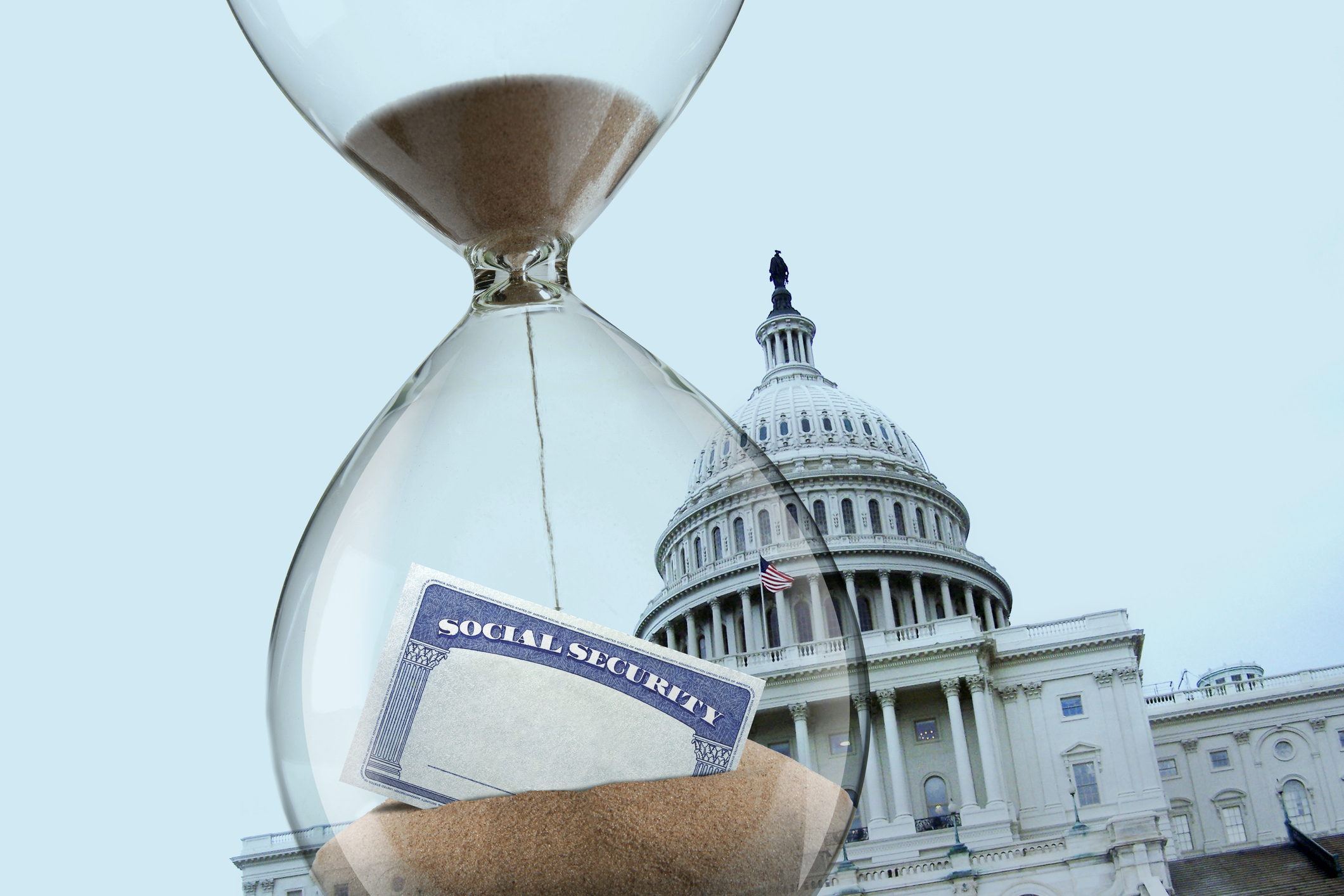 Will You Get a ‘Surprise’ Tax Bill on Your Social Security Benefits in Retirement?
Will You Get a ‘Surprise’ Tax Bill on Your Social Security Benefits in Retirement?Retirement Taxes Social Security benefit payments might land you in hot water when filing 2025 taxes — here are three reasons why.
-
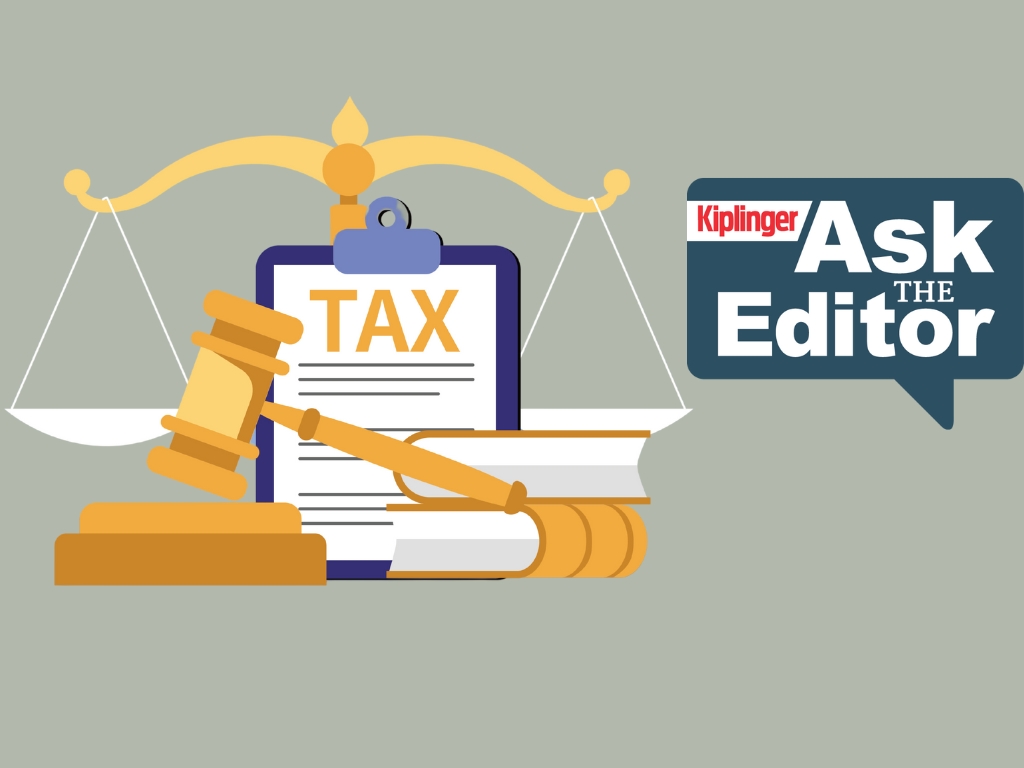 Ask the Editor, August 22: Tax Questions on What Congress Will Do Next
Ask the Editor, August 22: Tax Questions on What Congress Will Do NextAsk the Editor In this week's Ask the Editor Q&A, we answer questions from readers on what Congress will do next with taxes.
-
 Ask the Editor, August 15: Tax Questions on the OBBB, Tax Rates
Ask the Editor, August 15: Tax Questions on the OBBB, Tax RatesAsk the Editor In this week's Ask the Editor Q&A, we answer tax questions from readers on the OBBB and changes, if any, to tax rates.
-
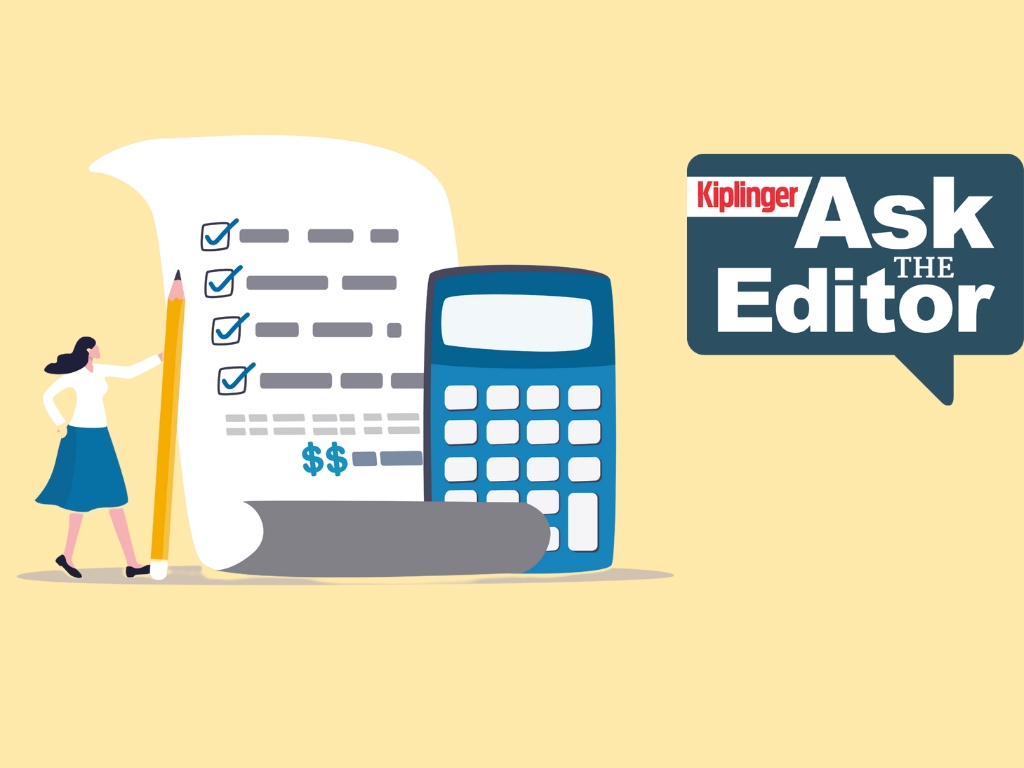 Ask the Editor, August 8: Tax Questions on Roth IRA Conversions
Ask the Editor, August 8: Tax Questions on Roth IRA ConversionsAsk the Editor In this week's Ask the Editor Q&A, we answer tax questions from readers on converting a traditional IRA to a Roth IRA.
-
 Ask the Editor, August 1: Tax Questions on Standard Deductions
Ask the Editor, August 1: Tax Questions on Standard DeductionsAsk the Editor In this week's Ask the Editor Q&A, we answer tax questions from readers on claiming standard deductions on your tax return.
-
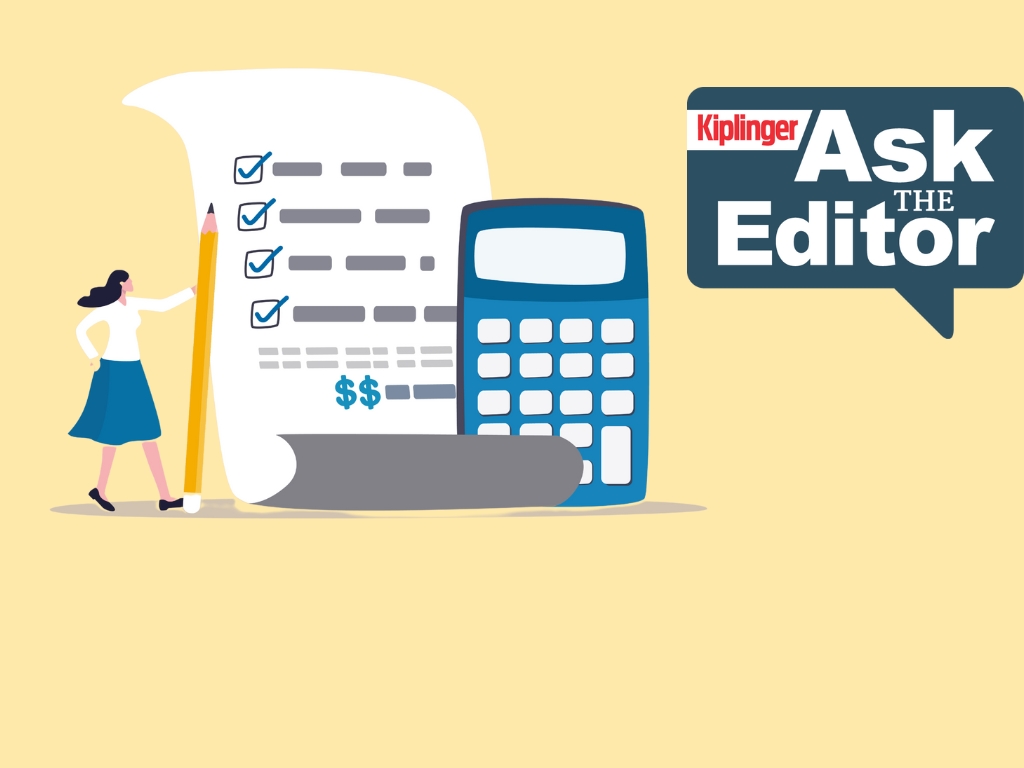 Ask the Editor, July 25: Questions on Four New Tax Deductions
Ask the Editor, July 25: Questions on Four New Tax DeductionsAsk the Editor In this week's Ask the Editor Q&A, we answer tax questions from readers on four new tax deductions in the "One Big Beautiful Bill."
-
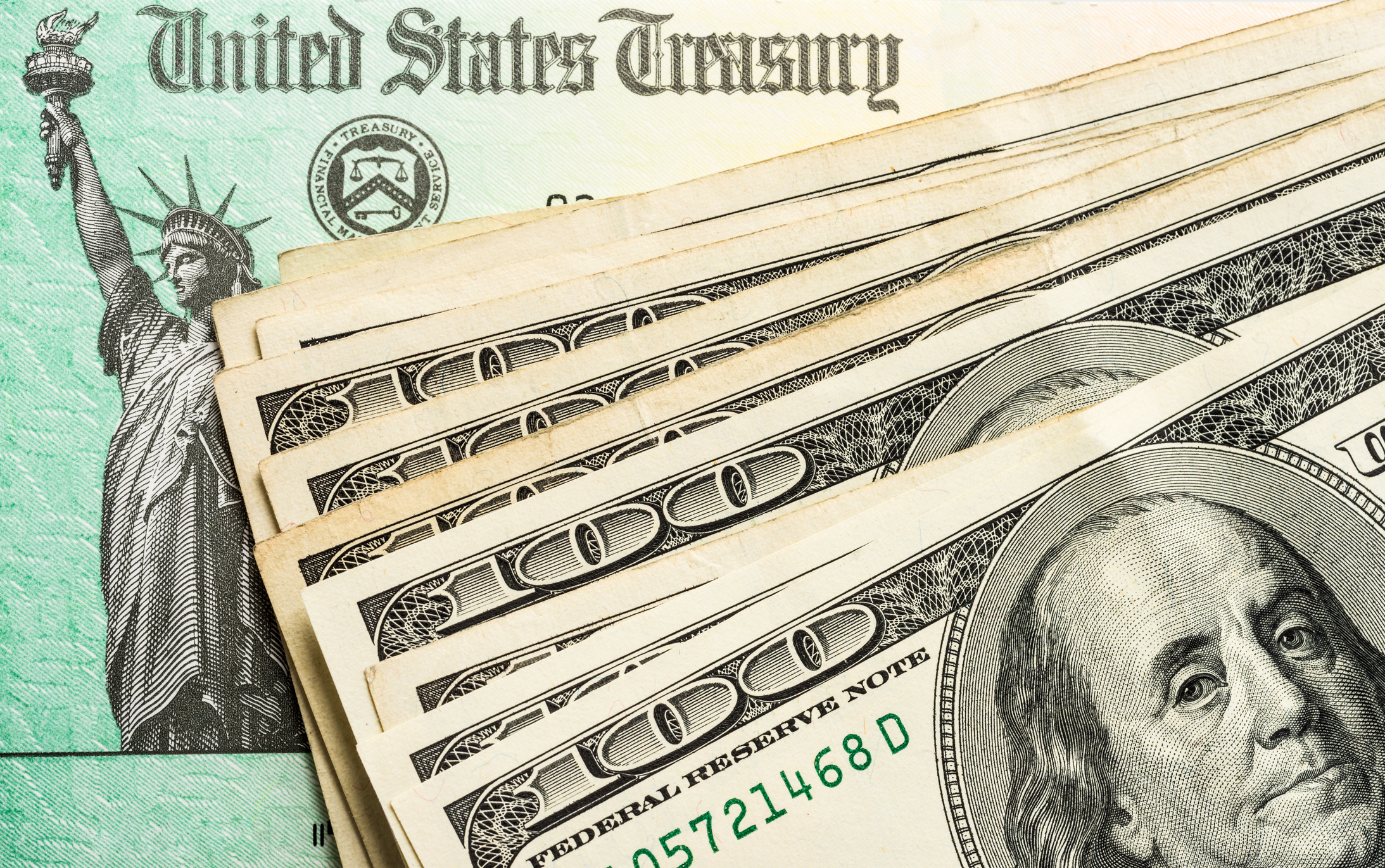 Five Ways Trump’s 2025 Tax Bill Could Boost Your Tax Refund (or Shrink It)
Five Ways Trump’s 2025 Tax Bill Could Boost Your Tax Refund (or Shrink It)Tax Refunds The tax code is changing again, and if you’re filing for 2025, Trump’s ‘big beautiful’ bill could mean a bigger refund, a smaller one or something in between next year. Here are five ways the new law could impact your bottom line.
-
 Ask the Editor, July 18: Questions on the $6,000 Senior Deduction
Ask the Editor, July 18: Questions on the $6,000 Senior DeductionAsk the Editor In this week's Ask the Editor Q&A, we answer tax questions from readers on the new $6,000 deduction for taxpayers 65 and older.